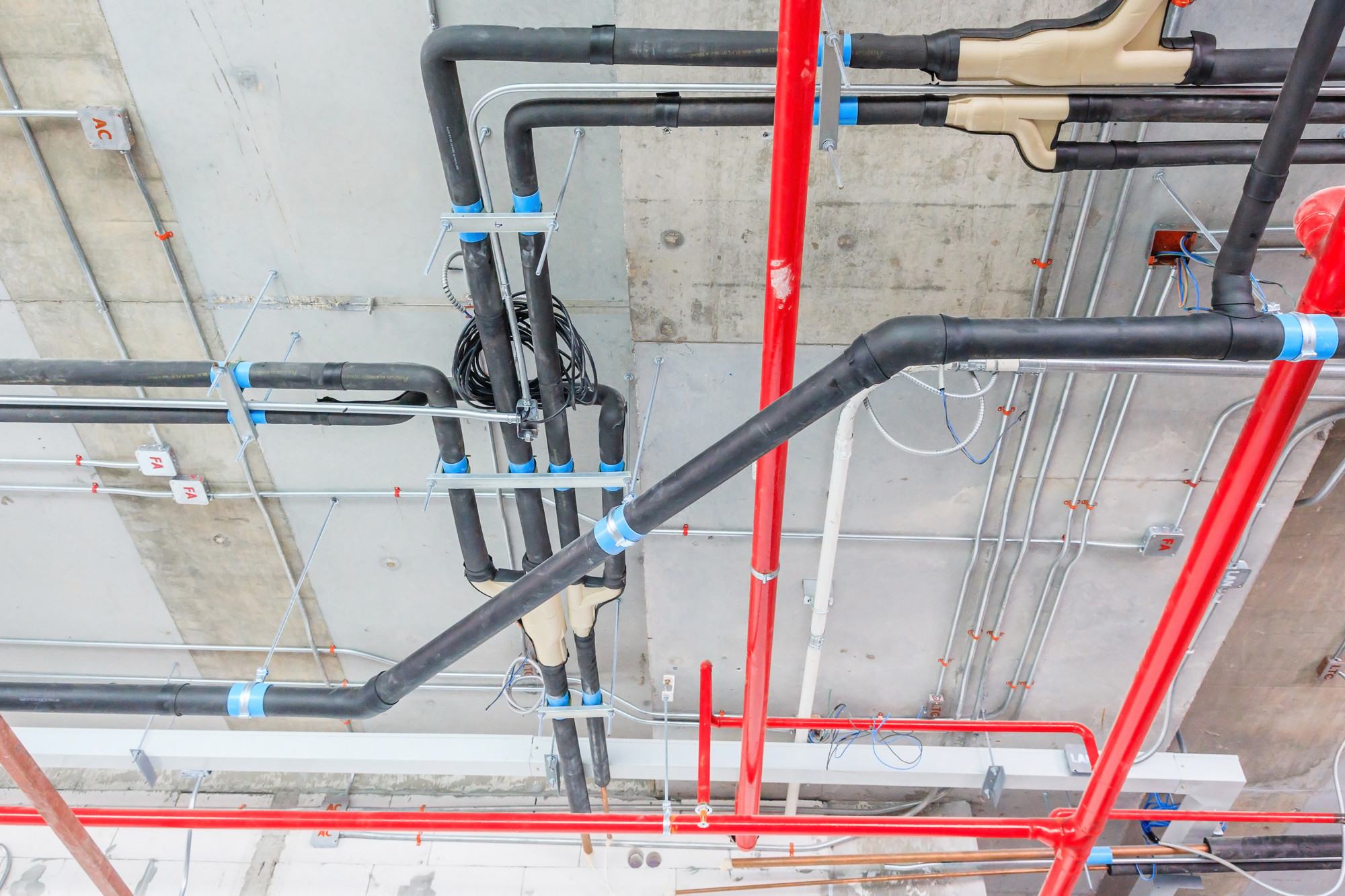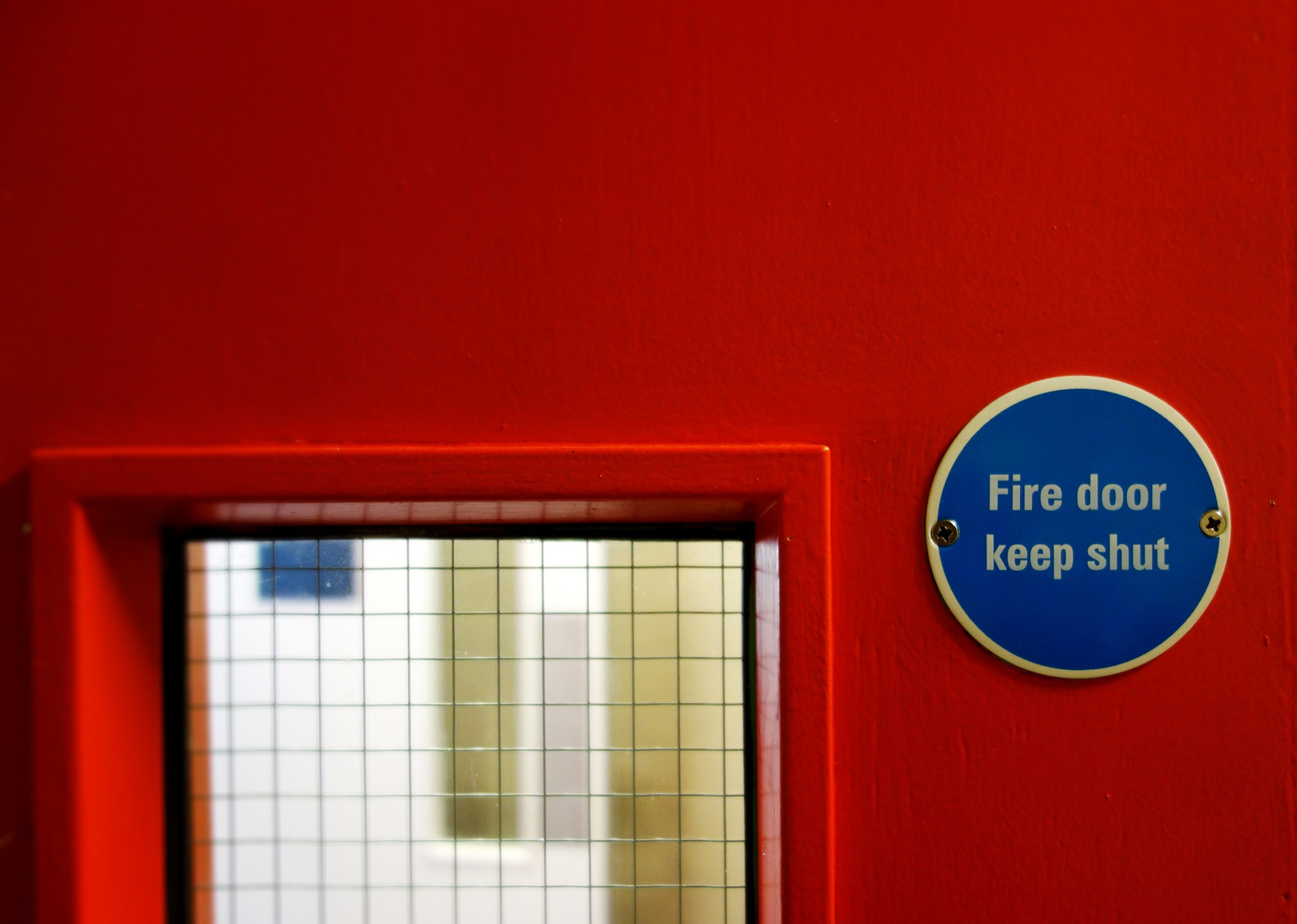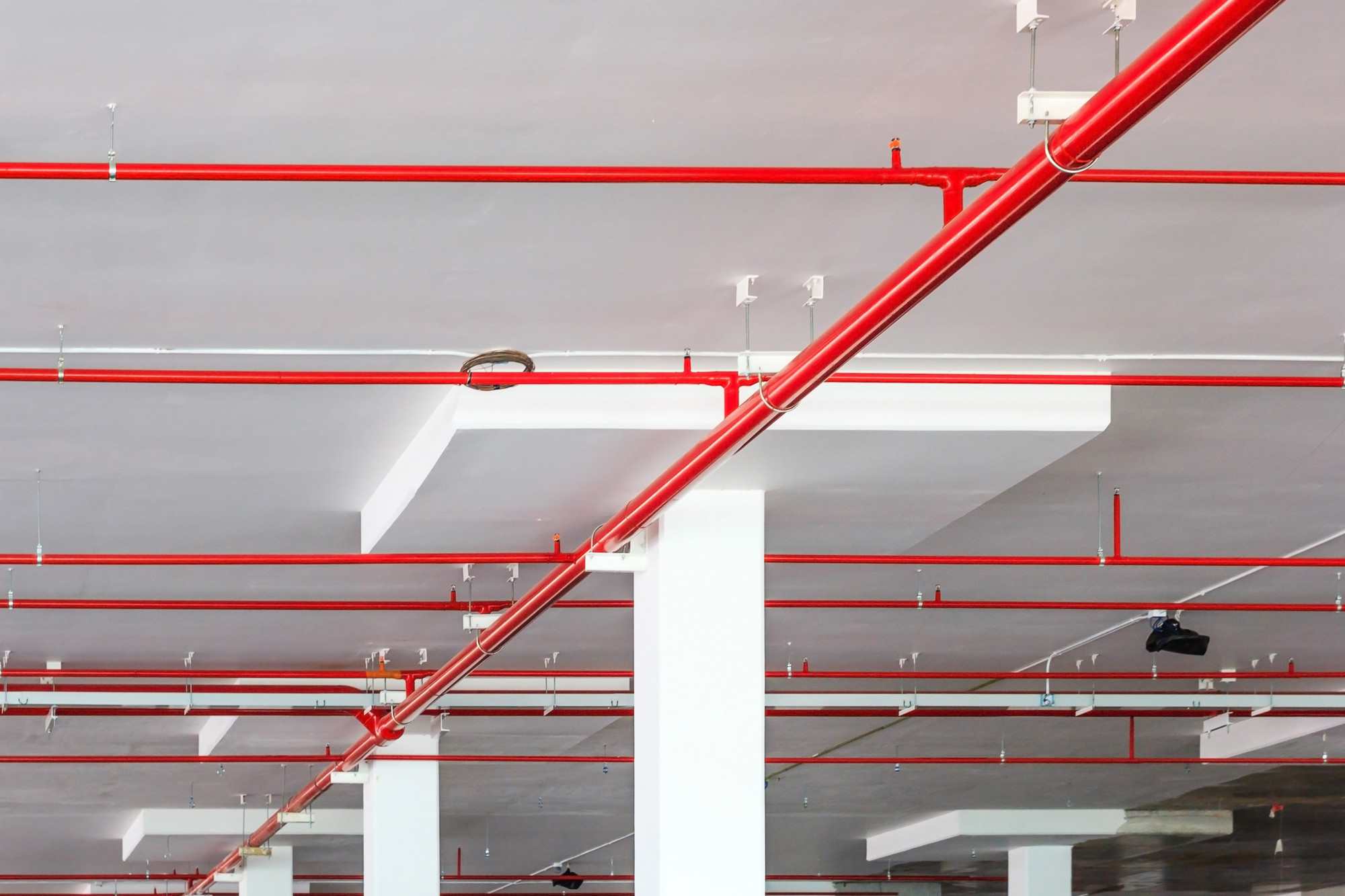What is Passive Fire Protection?
Passive fire protection (PFP) is often forgotten about, in fact, lots of people don’t even know it exists. It is invisible to most people until you come to need it, that is when it is truly appreciated.

Passive fire protection is an essential part of fire safety and is intended to help delay the spread of flames, gases and smoke throughout a building. The integration of PFP into the fabric of a building is a legal requirement in newly built or modified properties and all commercial or public buildings.
As the name ‘passive fire protection’ suggests, it remains inert during daily life and only becomes active during an actual fire situation.
PFP is designed to contain or slow the progress of fires to allow employees and customers to evacuate the building and the fire brigade to arrive. This type of protection can also reduce the amount of damage that a building encounters after a fire, and therefore assisting in protecting critical structures to stop the building collapsing.
It is worth explaining the different stages of fire to understand the context in which PFP is so important.
When a fire first starts it might be smaller and burn at lower temperatures. These low-temperature flames cause significant amounts of smoke and toxic gases to be released. Considering that 70% of all fire victims suffocate, this smoke can be more hazardous than the actual flames. PFP works at this level to inhibit the movement of toxic smoke throughout the building.
Once a fire has been burning for a while, the smoke gas contained in the room will heat everything in the room significantly, and if this gets hot enough it can cause a flashover. A flashover occurs when every combustible element is simultaneously heated to a point that causes spontaneous ignition. This point can turn a slowly smouldering flame into a roaring fire within seconds, engulfing everything in intense heat that can be around one thousand degrees Fahrenheit.
During the flashover, the gases and combustibles igniting is essentially an explosion, which creates an intense burst of pressure. Passive fire protection in place helps contain this pressure and prevents it from being able to spread into other areas. This pressure has been known to blow open a closed fire door or shatter windows, and if the fire dampers and firestop are not properly installed the ventilation and holes in the wall can act as a chimney, with the super-heated air forcing its way into other areas.

The key to Passive Fire Protection is compartmentation.
Compartmentalizing a building into smaller sections using fire-resistance-rated walls and floors helps to slow or prevent the spread of fire/smoke from one room to the next, providing occupants more time for evacuation. A fire-resistance rating usually refers to the time in hours that material or construction will withstand exposure to fire.
Elements of Compartmentation
- Fire doors – As well as stopping the spread of fire they stop the spread of smoke through smoke seals around the edge of the doors.
- Firewalls – are exterior walls that extend continuously from the base of the building all the way to the roof. They are designed to remain standing even if the adjacent structure collapses. To do so, firewalls are built thicker than normal walls with significant structural stability under fire conditions. Firewalls will typically have a 3 to 4-hour fire-resistance rating.
- Fire Barriers – are interior walls that extend from the floor‐to‐floor or floor‐to‐roof, including concealed and interstitial spaces (a space between a structure often used for the mechanical systems of the building) and above fire doors. These walls will typically have a 2 to 3‐hour fire‐resistance rating. It is critical that a building has fire barriers to protect the fire exits.
- Fire/Smoke Dampers – Dampers are used to prevent the spread of fire/smoke throughout the building through its ductwork. Read our fire dampers blog for an in-depth guide.
- Fireproofing including:
- spray on intumescents
- endothermic materials
- products made from cement
- mineral wool wraps & insulation
- fireproof cladding
- Fire stopping materials:
- Intumescent seals – are chemically designed to expand when exposed to extremely high temperatures. The seal reacts to fire by expanding and then forming a seal to contain a fire. These seals are on most things like fire doors, pipes, fire hoods, socket box inserts/covers and air transfer grills.
- Air transfer grills circulate the air in a building under normal conditions. When there is a fire (the indicator being heat) the intumescent material expands to create a barrier for the hot gases produced in a fire.
All these systems are designed to make the building as fireproof as possible, causing a fire to burn out quickly before it can find more fuel.
The problems with Passive Fire Protection
Because of the nature of passive fire protection – something that is built into a building and remains dormant or inert in normal conditions – the importance of it can be easily overlooked.

Fire Doors
People tend to be more familiar with the problems associated with fire doors. The common problems are:
- Damaged doors
- Gaps around the door from bad fittings
- Smoke seals missing due to falling off or damaged in some way
- Doors being wedged open
- The self-closing system not working correctly
It is therefore essential that fire doors are installed and regularly inspected by experts.
Walls and Ceilings
So-called fire-rated walls and ceilings can also have problems, and these can be less obvious:
- Insufficient installation – breaches in walls, floors or ceilings
- Non-fire-resistant foam used to fill holes in walls
- Holes in walls, floors or ceilings allowing a fire to spread
These problems generally occur when a building is altered, it doesn’t even have to be major re-engineering of the building, any plumbing or electrical work can cause breaches in the walls and ceilings.

Ventilation Systems and Fire Dampers
Any ventilation system should have fire or smoke dampers that are designed to automatically close to prevent the spread of heat, flames and smoke via the ducting. However, the fire dampers need regular inspection, cleaning and testing to ensure they operate when they are needed.
Additionally, the ventilation grills and ducting need routine cleaning to avoid a build-up of dust that can be highly combustible.
The very nature of ventilation ducting and fire dampers hidden in the ceilings means they are easily forgotten and yet can be critical to passive fire protection. There is no point having fire doors and walls if a fire can sweep through the building via the ventilation system!
In summary……
Having the correct and effective passive fire protection procedures in place can help save lives and prevent harm to others. However PFP doesn’t happen by accident or good fortune, it needs careful planning by PFP experts, monitoring to ensure changes to the building do not affect the integrity of the PFP measures and maintenance to ensure the critical PFP elements are not compromised and will work when they are needed.